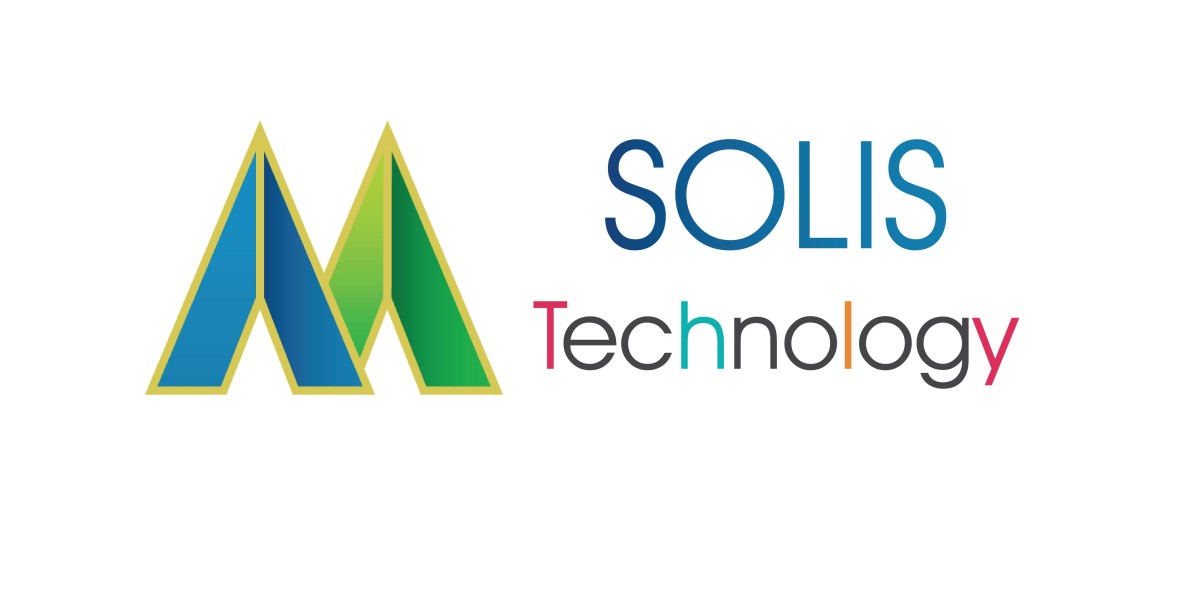Coffee lovers often find themselves debating the merits of different brewing methods. Among the most popular are cold brew and espresso. But what exactly sets these two methods apart? Understanding the science behind cold brew vs espresso can enhance your appreciation for each style and help you choose the right one for your taste preferences.

Brewing Methods: Cold Brew vs Espresso
The primary difference between cold brew and espresso lies in their brewing techniques. Cold brew is made by steeping coarsely ground coffee beans in cold water for an extended period, typically 12 to 24 hours. This slow extraction process results in a smooth, less acidic flavor profile.
In contrast, espresso is brewed by forcing hot water through finely ground coffee under high pressure. This method takes about 25 to 30 seconds and produces a concentrated shot of coffee with a rich, bold flavor and a layer of crema on top.
Flavor Profiles: How Do They Differ?
The flavor profiles of cold brew and espresso are distinct, influenced by their brewing methods. Cold brew tends to be sweeter and smoother, with chocolatey and fruity notes. This is due to the lower acidity and the longer extraction time, which allows for a more balanced flavor.
Espresso, on the other hand, is characterized by its intense and robust flavor. The high pressure and temperature during brewing extract oils and compounds quickly, resulting in a rich taste that can be bitter if over-extracted. The crema adds a creamy texture and enhances the overall flavor experience.
Caffeine Content: Which Is Stronger?
When comparing cold brew vs espresso, caffeine content is another crucial factor. Generally, a single shot of espresso contains about 63 mg of caffeine, while an 8-ounce cup of cold brew can contain anywhere from 100 to 200 mg, depending on the coffee-to-water ratio used during brewing.
- Espresso: Approximately 63 mg of caffeine per shot.
- Cold Brew: Ranges from 100 to 200 mg per 8-ounce serving.
However, it's essential to consider serving sizes. A typical serving of cold brew is larger than a shot of espresso, which can lead to higher overall caffeine consumption.
Choosing Between Cold Brew and Espresso
Ultimately, the choice between cold brew and espresso comes down to personal preference. If you enjoy a smooth, refreshing coffee experience, cold brew might be your go-to. Conversely, if you prefer a bold, concentrated flavor, espresso is likely more appealing.
For those looking to explore the differences further, consider visiting this comprehensive guide that compares cold brew and espresso in detail.
Conclusion
In summary, understanding the differences between cold brew vs espresso can enhance your coffee experience. Each method offers unique flavors and caffeine levels, catering to various preferences. Whether you opt for the smoothness of cold brew or the intensity of espresso, both have their place in the world of coffee.



